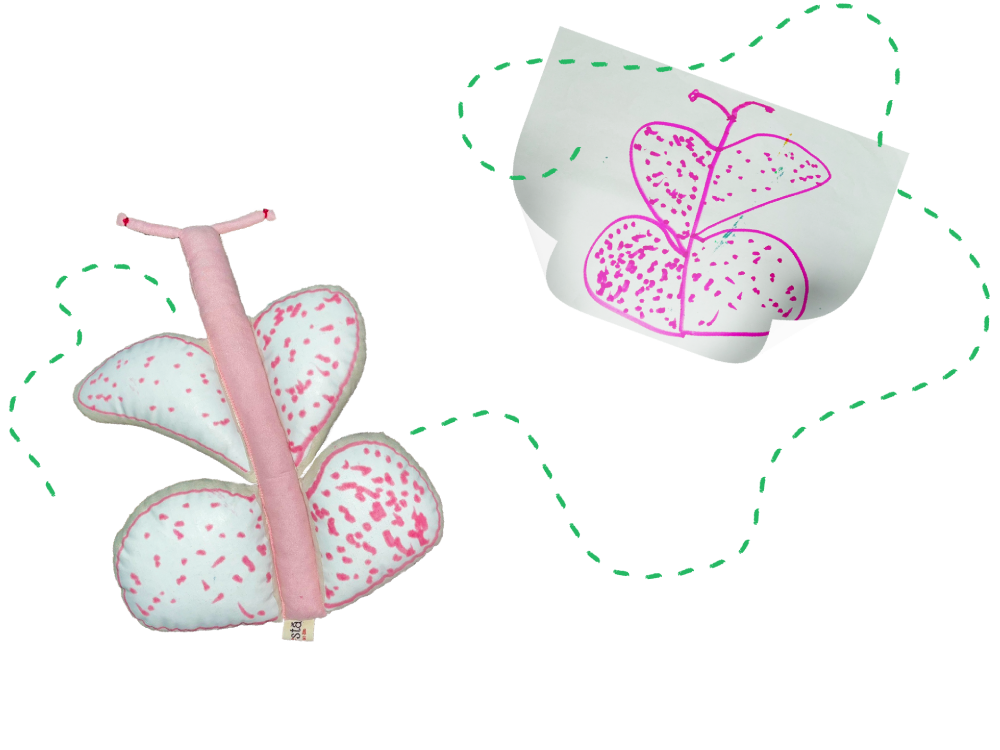
the philosophy behind àmista
We believe that the interactions we have with our children should be stimulating and even overwhelming for the parent. One of the best ways we have of gazing into the souls of our children is through their drawings, and a suitable response to those drawings tells the children that “I accept every part of you, even if sometimes I don’t understand all of them.” Such complete acceptance shows that a parent is also learning from their child as much as the child is learning from the adult, which lies at the heart of successful parenting. As stated by the famous child psychologist, Fred Rodgers, “Acceptance or deep respect for their way of being is a necessary condition if we want to build and maintain a quality parental relationship” (Rogers, 1969; 1980).
This raises the question of what ‘accepting’ actually means. Almost every parent believes they are accepting their child’s right to be a child, but not every child feels this acceptance. A child will only truly benefit if, and when, the feeling of acceptance is recognizable, clear and perceived as being authentic. In fact, no one can ever be sure of being accepted by someone else until the latter actively demonstrates it through non-verbal and verbal communication during which small and large difficulties can be shared in a respectful and non-judgmental manner. Sharing experience and authentic feelings strengthens the sense of trust and the self-esteem of the child.
One way to express our inner world is through drawing, but how can a parent’s response to a drawing make the child feel accepted? The usual approach of praising the child, and perhaps hanging the drawing temporarily on the wall may not be enough. After all, what may look little more than a scribble is a mirror of what happens in the heart of a child; and if a little more care is taken in our response, then the child’s sense of trust and self-esteem can truly be strengthened.
The mission of amistà is to help parents do just that: making the response to their children’s expression more tangible and long lasting. We hope that by doing this we may play a part in the development of children’s creativity and their exploration of the world through eyes that are always eager to learn. We believe that it is only through providing adequate acceptance of who they are becoming that they will truly flourish and take their rightful place in the world of adults.


